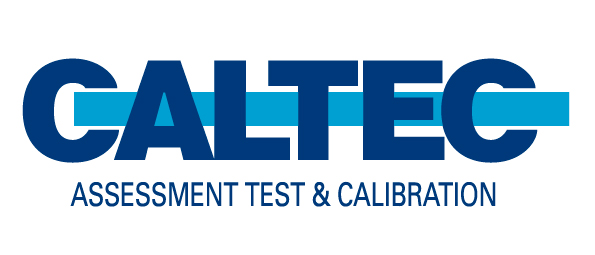We’ve all experienced those freezing cold mornings where you’re already in a rush for work and your windscreen feels like it’s taking years to defrost, only for it to fog back up again within seconds of defrosting. Because of this, many drivers have tried other various methods of defrosting their windscreen with one of the most popular being through the use of de-icer’s. Whilst de-icers are very quick at tackling the frost, many drivers are unsure as to whether or not they are actually harming their vehicle in the long run. In this blog, we are going to take a look at de-icers and explore some other quick methods of defrosting your vehicle.
De-icers, such as those used to melt ice and snow on roads, are thought to have both positive and negative effects on your vehicle. There is the kind that are used on the roads to keep roads safe and drivable, and the kind that is used on the vehicle to defrost.
De-icers use a variety of chemicals such as sodium chloride, calcium chloride, magnesium chloride and potassium chloride. The problem with all of these chemicals and especially calcium and magnesium chloride, is that they can contribute to the corrosion of metal components and deterioration of paint work.
Sodium chloride (rock salt) which is used on roads, can contribute to the corrosion of metal components on your vehicle, such as the undercarriage and other metal-exposed parts of the chassis. Some drivers have been known to use wax on both their paint-work and bodywork and it has been found that this can have a brilliant preventative effect against rock salt in the winter season.
What are some other ways to defrost your car?
If you would like to avoid using de-icers on your car there is a number of other methods that drivers tend to use which are less risky and can work more efficiently.
Scrapers
Scrapers are the standard go to for drivers and can be picked up for a couple of pounds at your local supermarket. They are a trusty bit of kit that will always do the job but will leave some residue on your windscreen. They can remove enough snow and ice that you will have clear vision, however you will have to wait for your vehicle to fully defrost itself for full vision. The only problem that you will have to look out for is if your scraper has a serrated edge as you will cause scratches to your windscreen.
Boiling Water
Boiling water is probably the most common method drivers use to clear their windscreen and whilst it does a quick job of defrosting the glass quickly, it also comes with a couple of risks. The biggest risk is that you can actually smash the glass due to the fact that glass will break under rapid temperature change. If you would like to avoid this it is better to use warm water to defrost as opposed to boiling. The other risk is that hot water can freeze faster than cold water and because of this you might find that you windscreen will freeze up while driving presenting a visibility risk.
Bag full of boiling water
One of the better methods is to fill a plastic bag full of warm water and then hold and drag it across your windscreen. It prevents rapid temperature change and you also have an infinite amount to use as the water is not escaping from the bag.
Car Cover
Car covers are definitely useful to use during the winter months, you can simply rest it on your windscreen and tie it off around your wing warriors to secure it in place. It should prevent the cold snap from affecting your windscreen over night and will prevent snow droplets from forming.
In car technology – Ford Quickclear
Some vehicles already have built in anti-frost technology such as Ford’s quickclear feature. It uses ultra-thin filaments that superheat to deice your windscreen and wing mirrors. They are barely visible and can defrost your vehicle in a matter of seconds.
